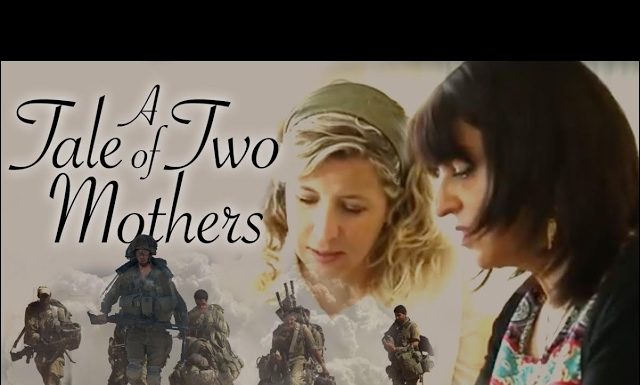Last month’s snowfall in Eretz Yisrael was surely fun for kids unaccustomed to the white stuff.
It was welcomed, too, by some Palestinians, who reportedly packed rocks into snowballs before throwing them at civilians and police in Yerushalayim.
Forty-five Arabs were arrested for attacking innocents and vehicles with snowballs and rocks (and snow-covered rocks).
Arab violence against Jews is an old story, though it has lost none of its ugliness with age. But violence within Israel’s Arab population is also a problem—a growing one.
According to the Aman Center, a group that aims to curtail violence in Israel’s Arab community, 128 Arab civilians were killed in 2021 as a result of violent crime. That’s up from 113 such killings in 2020, which was up from 96 in 2019, which was up from 67 in 2018.
Israeli government officials say that Arab crime families have accumulated power and weapons over the past two decades, and have been running protection rackets, threatening—and, when deemed useful, killing—those who resist.
Prime Minister Naftali Bennett said that the gangs had acquired “quantities of illegal weapons that are enough for a small army.” According to Public Security Minister Omer Bar-Lev, “crime families in the Arab sector” are “holding the community by the throat.”
Last September, in the Galil town of Kafr Kana, members of the Amara family got into a feud over a plot of land. One member of the family head-butted his nephew, who then bit him on the nose. A little later, the uncle stabbed his nephew in the chest. Magen David Adom medics arrived but weren’t able to save the injured man’s life.
Present during the fight was police brigadier general Jamal Hakhrush, who, a witness testified, “completely ignore[d] the murder taking place in close proximity, walk[ed] over a dead body, ignoring an assailant barricaded in the next room, nowhere close to taking command of the scene.” (After an investigation that included video evidence, the brigadier general resigned.)
The next month, Sami Abu Shamsia, a Yerushalayim-based trader working in Shomron, told Agence France-Presse that Lod-based mobsters wanted to collect roughly $270,000 in debt run up by his brother, a drifter with a criminal past who was disowned by the family years earlier. Bullets were fired at the gate outside Shamsia’s home, as a warning to pay up.
When he refused, he was kidnapped.
“I was blindfolded,” he recounted. “My hands were tied behind my feet. My feet were tied with ropes, and I was lying on the ground. They beat me and threatened to fire bullets into my legs.”
That same month, 18-year-old Anas al-Wahwah, a Magen David Adom volunteer, was shot at close range in broad daylight while waiting for his mother in Lod.
Culture is a powerful thing. Consider nothing more than some telling emblems. Fatah’s flag includes the image of a hand grenade and is graced with some blood-red Arabic text (not likely “give peace a chance”). Hamas’ logo is a pair of swords, too large for fileting fish.
The Palestinian Authority’s “national anthem,” called “Fida’i,” begins, “Warrior, warrior, warrior” and ends “I will live as a warrior, I will remain a warrior, I will die as a warrior…” Support in the West Bank for Hamas, it might be noted, is estimated to be 70% to 80%.
Criticism of Israel abounds these days for the country’s daring to defend itself against those who seek to harm its citizens or destroy it altogether. It would be nice if the media paid a bit of attention to increasing Arab-on-Arab violence and on the culture that enables it.





















